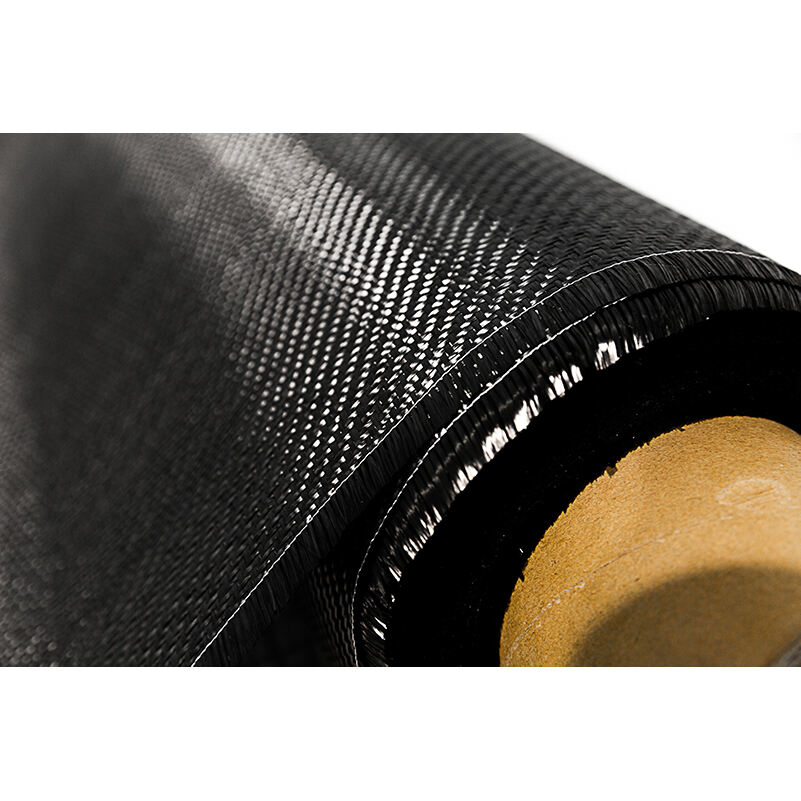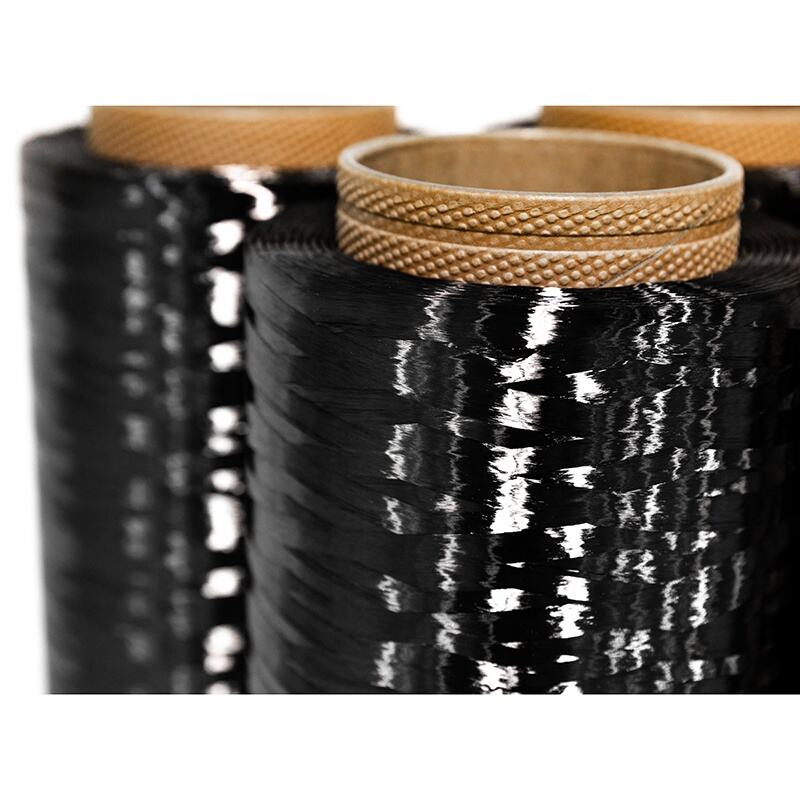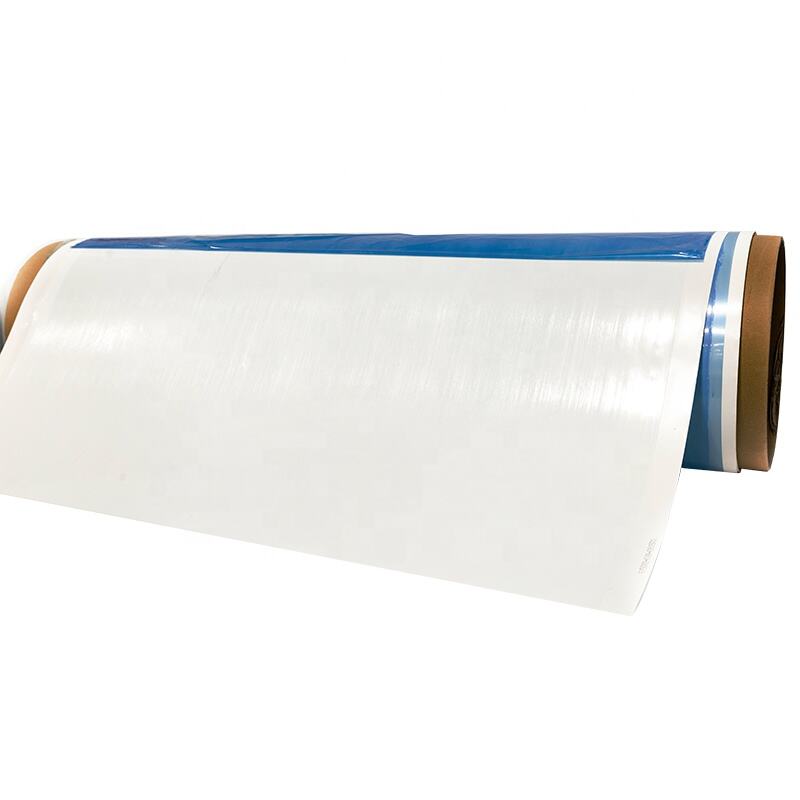glass epoxy prepreg
Glass epoxy prepreg is a composite material consisting of glass fiber reinforcement pre-impregnated with epoxy resin systems. This advanced material represents a crucial component in modern manufacturing, combining the structural strength of glass fibers with the bonding capabilities of epoxy resins. The material undergoes a sophisticated manufacturing process where the glass fibers are precisely impregnated with a carefully formulated epoxy resin system, creating a partially cured state that's ideal for handling and subsequent processing. These prepregs offer exceptional mechanical properties, including high strength-to-weight ratios, excellent dimensional stability, and superior electrical insulation characteristics. The material's versatility allows it to be used in various layup configurations, enabling manufacturers to optimize performance for specific applications. Glass epoxy prepreg demonstrates remarkable resistance to environmental factors, including moisture, chemicals, and temperature variations, making it ideal for demanding applications. The material's controlled resin content and uniform distribution ensure consistent performance and reliable manufacturing outcomes, while its ability to be stored and handled in a pre-impregnated state significantly streamlines the production process.


